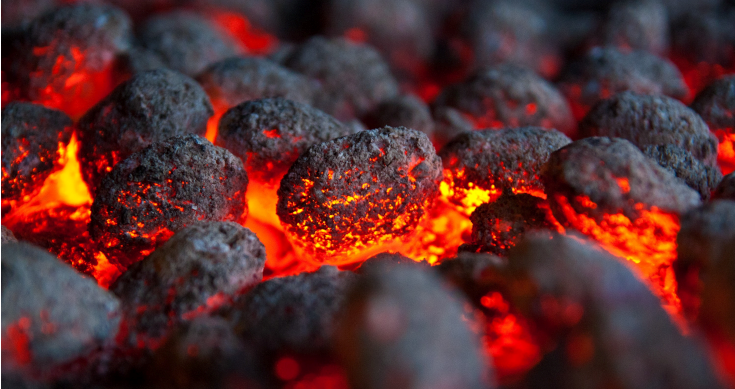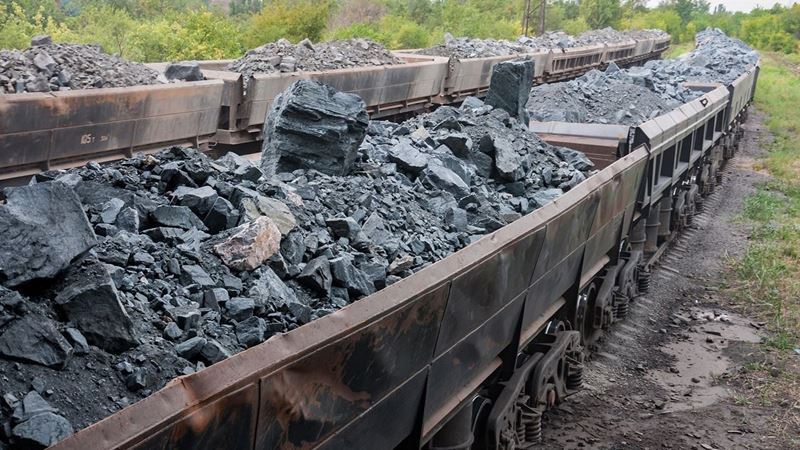As the Spring Festival approaches, a few coal mines are gradually taking breaks. However, purchasing demand from terminal power plants remains average, and market activity is not high. Port coal prices are weak, with low market demand, and transportation primarily relies on long-term cooperative coal arrangements. Traders are cautiously optimistic about a potential increase in coal prices and are adopting a wait-and-see approach. Despite a recent temperature drop, power plant daily consumption has not significantly increased, and non-electric industries are mainly procuring on demand.
Recent data from the National Bureau of Statistics indicates an ongoing decline in various coal types' prices in China in mid-January. Specific price changes for each coal type include a 2.1% decrease in the price of anthracite (washed in lump, volatile content ≤8%), a 1.4% decrease in the price of ordinary mixed coal (a mixture of Shanxi fine coal and lump coal with a calorific value of 4,500 kcal), a 2.0% decrease in the price of Shanxi Damian (a high-quality mixed coal with a calorific value of 5,000 kcal), a 1.7% decrease in the price of Shanxi Youmix (high-quality mixed coal with a calorific value of 5,500 kcal), and a 5.4% decrease in the price of coking coal (main coking coal with sulfur content <1%).
Analysts predict that recent increases in coal mine prices, driven by coal mine holidays, have dampened traders' enthusiasm for shipping. Downstream ports are experiencing weak price operations. Power plants are adopting a wait-and-see stance, making purchases according to demand, and prioritizing long-term coal supplies. The thermal coal price is expected to remain relatively stable, contingent on downstream market demand.











Comments
No comment yet.